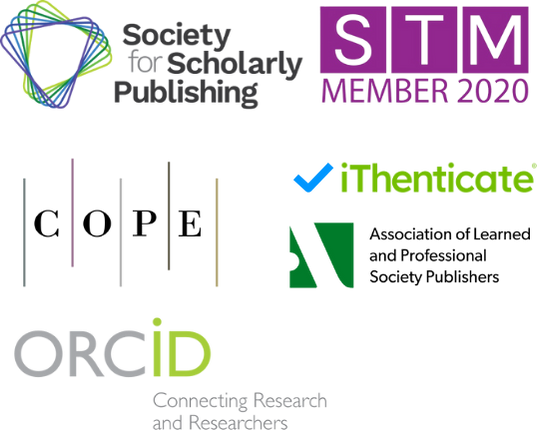Synthesis, Crystallographic Features, and Urease Inhibition Performance of Aromatic Dicarboxylate Copper-Based Architectures
Keywords:
aromatic dicarboxylate, Copper complex, Single-crystal X-ray diffraction, Metal-organic framework, urease inhibition, structure-activity relationshipAbstract
A series of novel aromatic dicarboxylate copper complexes were designed and synthesized via hydrothermal and solvothermal methods, and their structural and biological properties were systematically investigated. Single-crystal X-ray diffraction revealed that the copper centers adopt either distorted octahedral or square planar geometries, with the ligands acting as bridging units to form one-, two-, or three-dimensional frameworks. Intermolecular interactions, including hydrogen bonding, π–π stacking, and van der Waals contacts, contribute to lattice stability and framework rigidity. Comprehensive structure-activity analysis demonstrated that the urease inhibitory performance of these complexes is strongly influenced by the electronic properties of the ligands, the accessibility of the copper centers, and the topology of the metal-organic frameworks. Complexes with electron-withdrawing substituents, partially exposed metal sites, and moderate structural flexibility exhibited the highest inhibitory potency. These findings highlight the importance of fine-tuning both ligand electronics and three-dimensional framework geometry in the rational design of metal-based enzyme inhibitors. This study provides valuable insights into the relationship between crystal structure and biological activity, offering guidance for the development of efficient urease inhibitors and other bioactive metal-organic materials.
References
1. Ding, C. Ma, W.-L. Duan, and J. Luan, “Second auxiliary ligand induced two coppor-based coordination polymers and urease inhibition activity,” Journal of Solid State Chemistry, vol. 331, p. 124537, 2024, doi: 10.1016/j.jssc.2023.124537.
2. F. Ding, N. Su, C. Ma, B. Li, W.-L. Duan, and J. Luan, “Fabrication of two novel two-dimensional copper-based coordination polymers regulated by the ‘V’-shaped second auxiliary ligands as high-efficiency urease inhibitors,” Inorganic Chemistry Communications, vol. 170, p. 113319, 2024, doi: 10.1016/j.inoche.2024.113319.
3. N. A. Shah, T. Dolkar, S. Karim, J. Ishrat, C. Das, S. Das, et al., "pH-Modulated activation of a pendant amine leading to rapid electrocatalytic H₂ production by a molecular copper complex in acidic water," Inorganic Chemistry Frontiers, 2025.
4. A. Rauf, A. A. Khawaja, M. Javed, S. Mahmood, S. Iqbal, S. Nadeem, et al., "Highly synergistic antibacterial activity of copper (II)-based nano metal–organic framework," Inorganic Chemistry Communications, vol. 159, p. 111802, 2024.
5. H. S. Gugtapeh, M. Abbasi, M. H. Moghadam, and M. Rezaei, "Solvent-exchange-assisted activation of Cu-1,4-benzene dicarboxylate metal-organic framework for use as a bifunctional water splitting electrocatalyst," Electrochimica Acta, vol. 508, p. 145224, 2024.
6. X. Min, W. Chi, X. Hu, and Q. Ye, "Set a goal for yourself? A model and field experiment with gig workers," Production and Operations Management, vol. 33, no. 1, pp. 205–224, 2024, doi: 10.1177/10591478231224927.
7. Q. Li and J. Yao, "The deteriorating US-China relations’ impact on China’s economic crisis in 2024," Methodology, vol. 6, no. 11, pp. 33–43, 2024.
8. G. Xie, W. Guo, Z. Fang, Z. Duan, X. Lang, D. Liu, G. Mei, Y. Zhai, X. Sun, and X. Lu, “Dual‐Metal Sites Drive Tandem Electrocatalytic CO2 to C2+ Products,” Angewandte Chemie, vol. 136, no. 47, p. e202412568, 2024, doi: 10.1002/ange.202412568.


